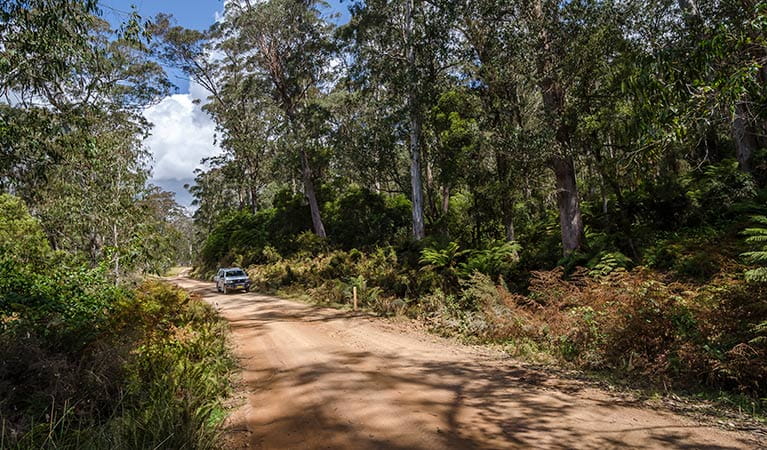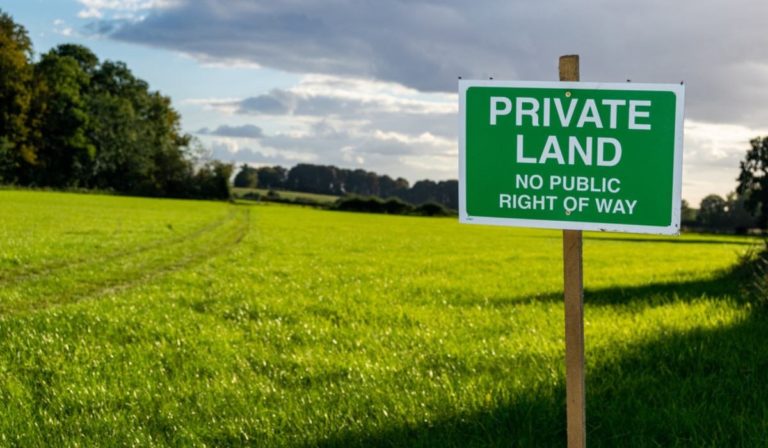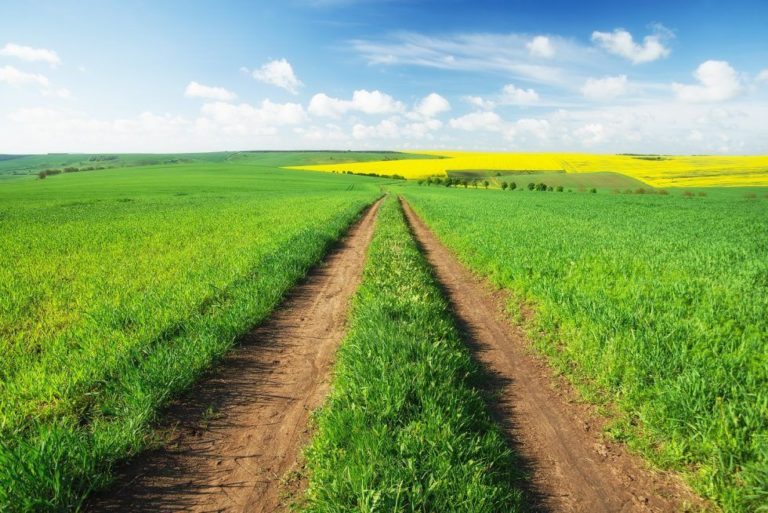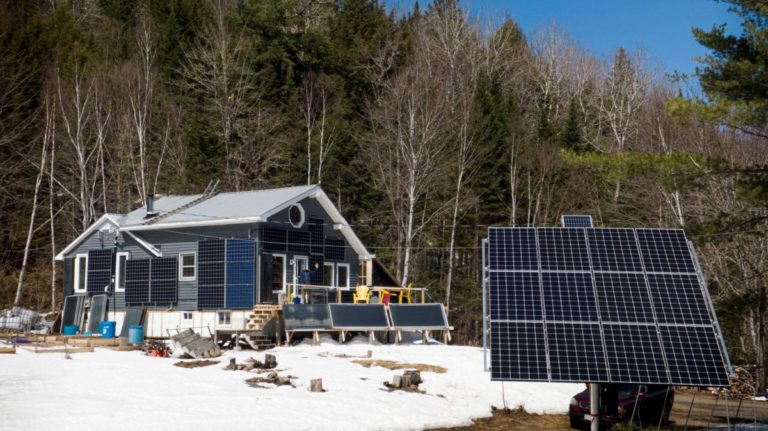Off-grid road access can be a significant challenge for those living in rural areas or remote communities.
Lack of proper infrastructure, extreme weather conditions, and limited resources can make it difficult to navigate these routes safely and efficiently.
However, with the right solutions and strategies, overcoming off-grid road access hurdles is possible.
We will explore some effective ways to improve off-grid road access, including investing in infrastructure development, leveraging technology, and implementing sustainable maintenance practices.
Whether you’re a resident of a remote community or just looking for an adventurous driving experience, this guide has got you covered with practical tips and real-life examples to help you navigate off-grid roads with confidence.
Conduct a thorough assessment
Before attempting to access an off-grid location, it’s essential to assess the terrain, weather conditions, and potential hazards. This will help you determine the best route, potential obstacles, and necessary supplies.
This essential step helps you determine the best route, potential obstacles, and necessary supplies to bring with you.
Start by studying a topographic map of the area to understand the lay of the land and any potential challenges such as steep inclines, rocky terrain, or dense forests.
This will help you plan your route and avoid any unnecessary detours or risks.
Next, check the weather forecast to anticipate any adverse conditions such as rain, snow, or high winds.
This will help you pack appropriate clothing and gear to stay safe and comfortable.
Identify potential hazards such as wildlife, unstable terrain, or flash floods.
This will allow you to prepare for any eventualities and take necessary precautions such as bringing a first aid kit, bear spray, or a Personal Locator Beacon (PLB).
By taking the time to assess the terrain, weather conditions, and potential hazards, you can ensure a safe and successful off-grid adventure.
Remember to always prioritize safety and be prepared for any unexpected challenges that may arise.
Plan ahead
Research the location, talk to local residents, and gather information about the area. This will help you anticipate potential challenges and develop a solid plan of action.
When embarking on a new venture or project, it is important to thoroughly research the location and gather information about the area.
This involves talking to local residents, business owners, and other stakeholders to gain a deeper understanding of the local dynamics and potential challenges.
By doing so, you can anticipate and plan for any obstacles that may arise, ensuring a smoother and more successful project execution.
Some of the specific details to research include the local economy, zoning regulations, demographics, transportation infrastructure, and any potential environmental or health concerns.
It is essential to talk to local residents and business owners to get a feel for the community’s pulse and learn about any unique cultural or historical aspects of the area.
This information will help you develop a solid plan of action that takes into account the specific needs and nuances of the location.
Through this research and information gathering, you can identify potential challenges and develop strategies to mitigate them, such as budgeting for unexpected expenses or developing contingency plans for delays in construction or permitting.
By doing so, you can ensure a successful project outcome that benefits both the community and your organization.
Choose the right vehicle
Select a vehicle that is appropriate for the terrain and weather conditions. A 4×4 vehicle with high clearance and rugged tires is ideal for off-grid access.
When venturing off-grid, it’s important to select a vehicle that can handle the challenging terrain and unpredictable weather conditions.
A 4×4 vehicle with high clearance and rugged tires is ideal for navigating rough, uneven, and slippery surfaces, as well as forging through water and mud.
The high clearance provides better ground visibility, while the rugged tires offer enhanced grip and traction, reducing the risk of getting stuck or losing control.
A 4×4 vehicle equipped with a winch or towing capability can be a lifesaver in case of emergency situations.
Choosing the right vehicle can mean the difference between a successful off-grid adventure and a frustrating, or even dangerous, experience.
Pack essential supplies
Bring necessary supplies such as food, water, first aid kits, and communication equipment. It’s also important to bring appropriate gear for the weather conditions and terrain.
When venturing into the wilderness, it is important to pack the right supplies to ensure a safe and enjoyable trip.
First and foremost, bring enough food and water to sustain you throughout your journey.
Dehydration and hunger can quickly lead to fatigue, disorientation, and even serious health issues.
Consider bringing high-calorie, lightweight food options like nuts, dried fruits, and energy bars.
Bring a sufficient supply of water, especially in hot or humid climates.
Aim to bring at least one gallon per person per day.
Next, prioritize your first aid kit.
Accidents can happen quickly, and having a well-stocked kit can help you address minor injuries before they become major ones.
Include essentials like bandages, antiseptic wipes, pain relievers, and any medications you may need.
Appropriate gear for the weather conditions and terrain is also vital.
If you’re heading into cold weather, bring warm, waterproof clothing and appropriate footwear for snow or ice.
If you’re going into hot weather, bring lightweight, breathable clothing and a hat to protect your skin from the sun.
For rough terrain, invest in sturdy hiking boots or shoes with good traction.
Don’t forget to check the weather forecast before your trip to ensure you’re prepared for any potential conditions.
By packing the right supplies, you can focus on enjoying the great outdoors while minimizing the risk of discomfort, injury, or illness.
Use GPS and mapping technology
Invest in a good GPS device or map app to help you navigate the route and locate the off-grid destination. Bring physical maps and compasses as backup in case of technology failure.
To ensure a successful and stress-free off-grid adventure, investing in a reliable GPS device or map app is a important step.
These modern navigation tools can help you plot the most efficient route, find hidden gems, and avoid potential obstacles.
With a GPS device or map app, you can easily track your progress, locate the exact position of your destination, and receive real-time updates on traffic, road closures, and other important information.
However, it’s always a good idea to bring physical maps and compasses as backup in case of technology failure.
Physical maps can provide a reliable and fail-safe way to navigate, especially in areas with limited cell reception.
A compass can also help you orient yourself and maintain your direction, even when technology is not available.
By investing in a GPS device or map app and bringing physical maps and compasses as backup, you’ll be well-equipped to handle any unexpected challenges and enjoy a successful off-grid adventure.
Find alternative routes
If the primary route is impassable, look for alternative routes or detours. This may involve backtracking or exploring new paths.
When faced with an impassable primary route, it is essential to seek alternative routes or detours to ensure a safe and successful journey.
This may involve backtracking and exploring new paths that were not previously considered.
It is important to remain flexible and adaptable during these situations, as the original plan may no longer be feasible.
Instead of getting stuck or giving up, take the opportunity to explore different options and find a new route that better suits the situation.
This can not only help avoid potential hazards but also discover new paths and opportunities that may not have been visible before.
By remaining proactive and open to change, you can successfully navigate through even the most challenging situations and reach your destination.
Be prepared for emergencies
Accidents can happen even with proper planning and equipment. Be prepared for emergencies by carrying a first aid kit, a satellite phone, and other essential supplies.
Accidents can happen even with proper planning and equipment, so it’s important to be prepared for emergencies.
One of the most important things you can do is carry a first aid kit that is stocked with essential supplies, such as bandages, antiseptic wipes, and pain relievers.
This will help you to provide basic medical care to yourself or others who may be injured.
Carrying a satellite phone can be a lifesaver in the event of an emergency, as it will allow you to communicate with the outside world even if you are in a remote location.
Other essential supplies to carry include a map and compass, a whistle, and a flashlight or headlamp.
These items can help you to navigate your way back to civilization or signal for help if you are lost or stranded.
By carrying these essential supplies, you can be better prepared to handle any accidents or emergencies that may arise during your trip.
Communicate with local authorities
Inform local authorities about your plans, including your itinerary, transportation, and estimated time of return. This will help them anticipate your needs and provide assistance if necessary.
When traveling abroad, it is important to inform local authorities about your plans, including your itinerary, transportation, and estimated time of return.
This proactive step not only helps local authorities anticipate your needs but also provides them with essential information to offer assistance if necessary.
By sharing your itinerary, you enable local authorities to identify potential risks and make necessary arrangements to ensure your safety.
Moreover, providing information about your transportation and estimated time of return allows authorities to track your movements and respond promptly in case of an emergency.
To inform local authorities, you can visit the local police station or a tourist information center upon arrival.
There, you can fill out a registration form or provide the necessary information to the authorities.
It is essential to provide accurate and detailed information about your plans to ensure effective communication and assistance.
Remember, informing local authorities about your plans is a vital step to ensure a safe and enjoyable trip abroad.
Want More? Dive Deeper Here!
Hey there! If you’re the type who loves going down the rabbit hole of information (like we do), you’re in the right spot. We’ve pulled together some cool reads and resources that dive a bit deeper into the stuff we chat about on our site. Whether you’re just killing time or super into the topic, these picks might just be what you’re looking for. Happy reading!






